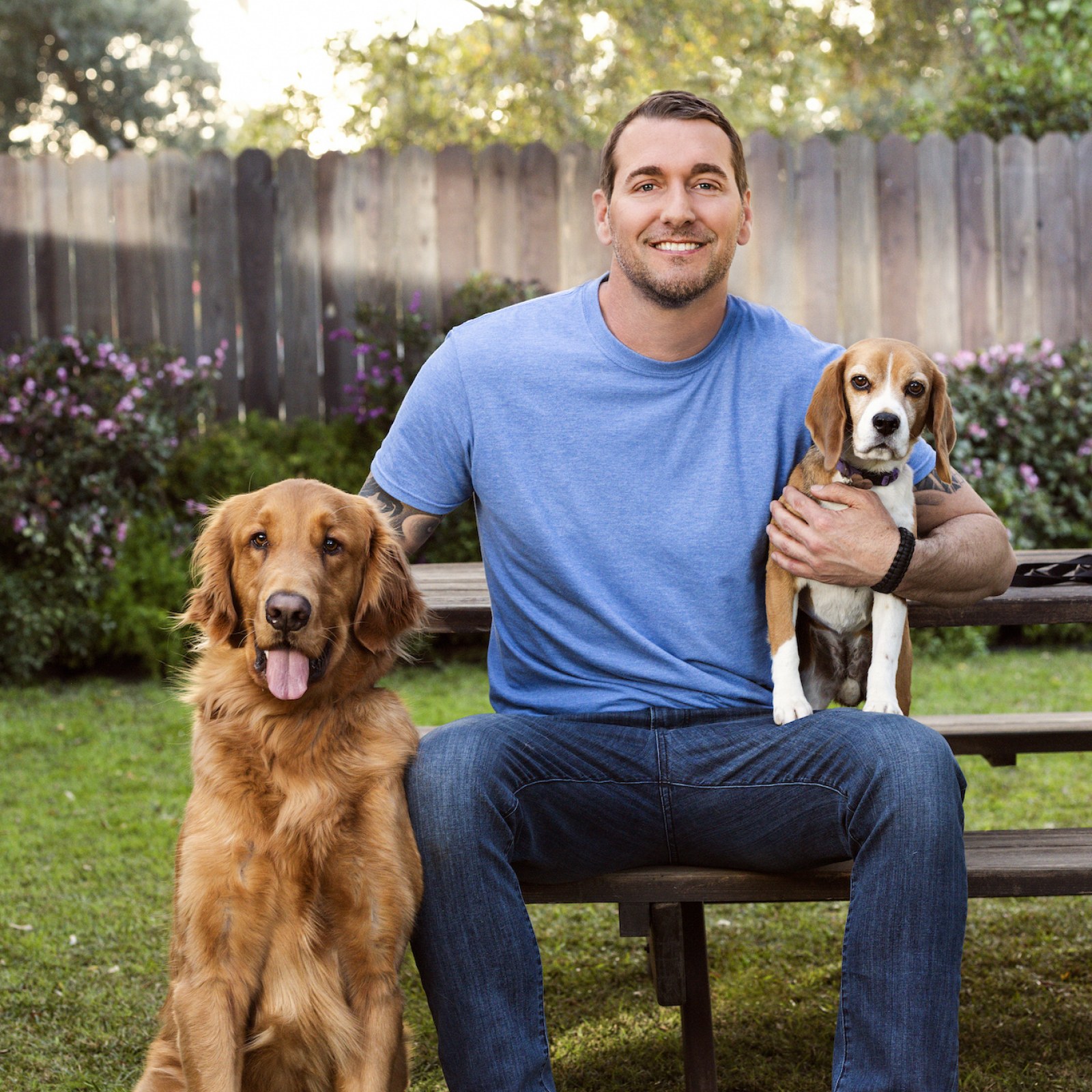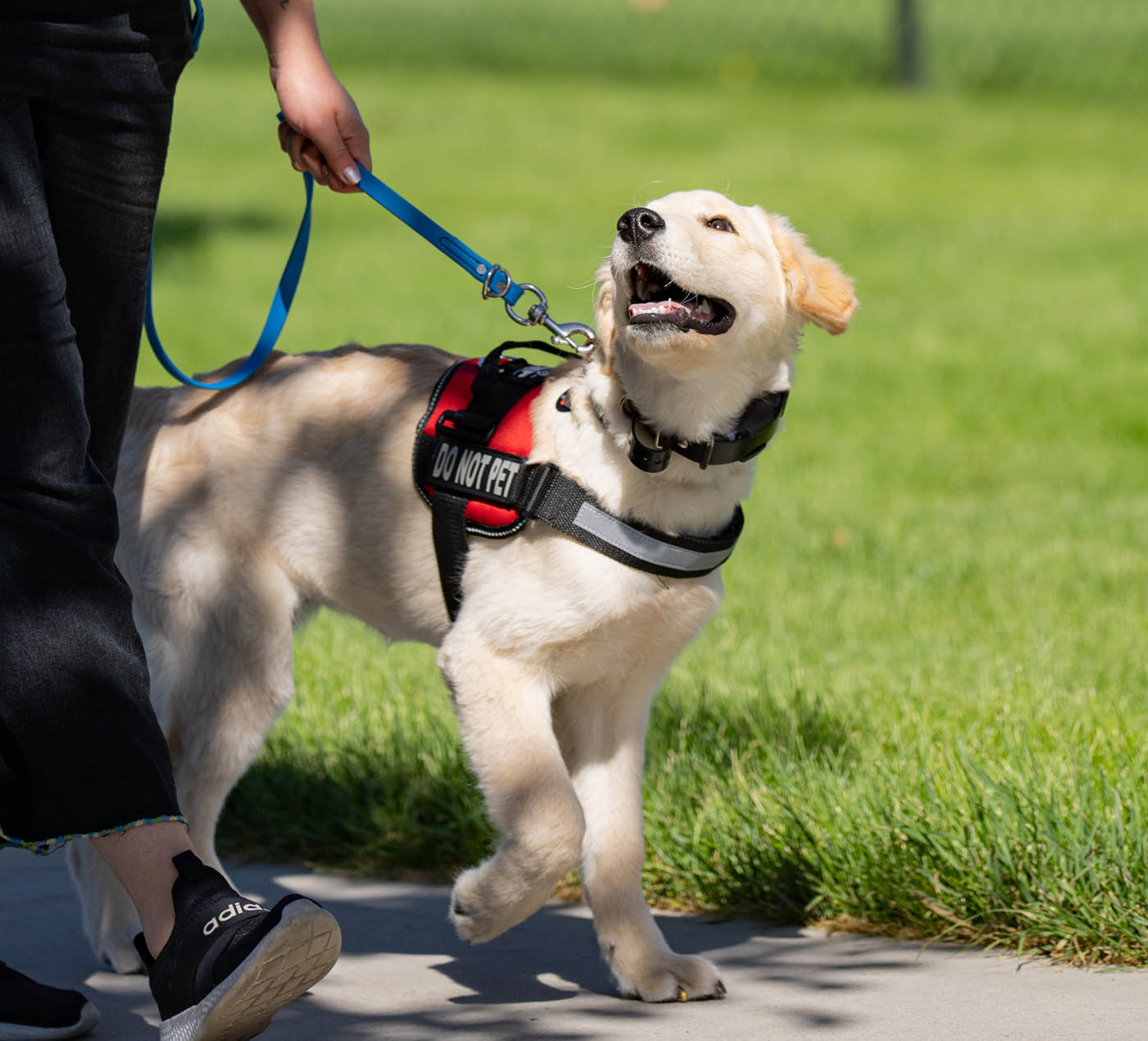The Ultimate Overview to Canine Training: Building a Delighted, Obedient Family Pet
Effective canine training is a multifaceted process that rests on a deep understanding of canine behavior and the application of tried and tested strategies. By welcoming positive support and regular command usage, pet dog owners can grow not only obedience however additionally a strong, relying on partnership with their canines. Nevertheless, the trip does not finish with basic commands; resolving behavioral issues and producing a nurturing training environment are similarly crucial elements. As we explore these aspects, it comes to be evident that the path to a material and mannerly canine companion may hold much more intricacies than one could originally assume.

Recognizing Dog Behavior
How does a pet dog's actions show its psychological and psychological state? A canine's activities can offer as a window into its sensations, needs, and general psychological well-being.
Body language likewise plays an essential function in recognizing canine habits. A loosened up position and open mouth signal comfort, whereas stressful muscles and pinned ears may suggest anxiousness or aggressiveness. Observing these signals is important for determining the origin of a canine's habits, whether it comes from enjoyment, stress, or fear.
In addition, a pet's interaction with its atmosphere and other animals can provide understanding right into its emotional state. A pet dog that involves playfully with other dogs is most likely sensation social and secure, while one that shows evasion or hostility may be experiencing stress and anxiety or instability. Recognizing these behavioral cues is vital for cultivating a solid connection between the animal and the proprietor, inevitably contributing to the dog's psychological health and wellness and health.
Essential Educating Methods
Effective pet dog training strategies are essential for cultivating desirable behaviors and enhancing the bond between a pet and its proprietor. Making use of favorable reinforcement is just one of one of the most efficient approaches, where benefits such as deals with, praise, or play are provided to reinforce preferred behaviors (dog training charlotte). This motivates the canine to duplicate those behaviors, developing a positive discovering environment
Uniformity is an additional vital element in canine training. Commands must be consistent and clear, and all relative need to use the exact same rules to prevent perplexing the dog. Timing is similarly essential; incentives should be provided quickly after the desired habits to develop a clear connection between the activity and the incentive.
Furthermore, engaging and short training sessions are reliable, as canines have varying interest periods. Go for sessions of 5 to 15 minutes, relying on the pet dog's age and power degree. Incorporating play into training can additionally enhance motivation and enjoyment for both the proprietor and the dog.
Lastly, patience is vital. Dogs discover at their own speed, and preserving a tranquil temperament will certainly help alleviate disappointment, ensuring a positive training experience. These necessary strategies lay the foundation for effective pet training and an unified partnership.
Standard Commands to Educate

When educating these commands,Consistency and favorable support are key. Use deals with, appreciation, and play to award your pet's successes. Short, frequent training sessions are much more efficient than long, seldom ones. By instilling these basic commands, owners outfit their canines with the skills essential for a well-behaved and harmonious partnership.
Attending To Typical Behavioral Problems
Understanding and dealing with common behavior concerns in pet dogs is necessary for fostering a harmonious partnership in between family pets and their proprietors. Numerous canines display behaviors such as excessive barking, eating, or hostility, which can stem from anxiousness, dullness, or lack of proper training. Recognizing the origin cause of these habits is the primary step towards efficient intervention.
For click for more instance, extreme barking might suggest a need for interest or a reaction to ecological stimulations. In such situations, proprietors ought to assess the pet dog's environment and give sufficient psychological excitement, such as interactive toys or routine exercise. Chewing can usually be handled by redirecting the habits to appropriate eat items and making certain that the canine has sufficient physical task to decrease dullness.
Aggressive actions requires mindful handling and may require professional training help. It's important to understand that punishment can aggravate stress and anxiety and aggressiveness, resulting in a cycle of behavior issues. Rather, emphasis on positive reinforcement strategies to reward preferable actions and reinforce a feeling of security.
Building a Favorable Training Setting
Creating a positive training atmosphere is basic for reinforcing preferable habits in canines and mitigating behavioral problems. This setting should be defined by uniformity, inspiration, and a clear understanding of the training objectives. By establishing a routine, dogs learn what is expected of them, which helps in reducing anxiousness and confusion.
Using positive reinforcement methods, such as deals with, appreciation, and play, promotes a sense of protection and inspiration in the pet. Rewarding excellent actions instantly and continually reinforces the desired actions, making the training process more effective - Dog training. Additionally, trainers should remain patient and calm, as pet dogs are delicate to their handlers' emotions
The training room need to be devoid of interruptions to make sure the pet dog can concentrate on the tasks handy. Take into consideration utilizing a silent area or a safe and secure outside area. Furthermore, incorporating play and socializing into training sessions advertises a well-shaped technique, improving the pet's understanding experience.
Eventually, a favorable training setting nurtures a solid bond between the pet and handler, resulting in a loyal, delighted pet. By prioritizing this setting, animal proprietors can properly attend to behavioral obstacles and cultivate an effective training journey.
Conclusion
Effective canine training depends on a detailed understanding of canine habits and the application of favorable support strategies. Adopting these principles makes sure a rewarding training experience for official site both canines and their owners.
Efficient pet dog training is a complex procedure that hinges on a deep understanding of canine behavior and the application of tested methods. A pet dog that involves happily with other canines is likely feeling social and safe, while one that displays evasion or aggressiveness might be experiencing stress and anxiety or instability.Reliable pet training strategies are important for promoting desirable behaviors and strengthening the bond between a dog and its proprietor.Developing a favorable training setting is essential for strengthening desirable behaviors in canines and reducing behavioral issues.Reliable pet training depends on a detailed understanding of canine habits and Continued the application of positive support strategies.